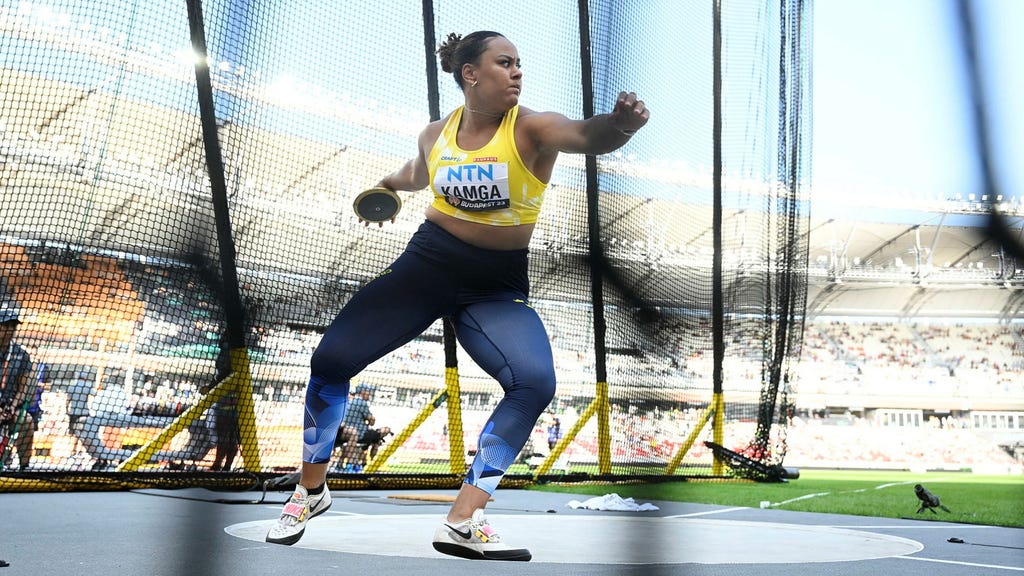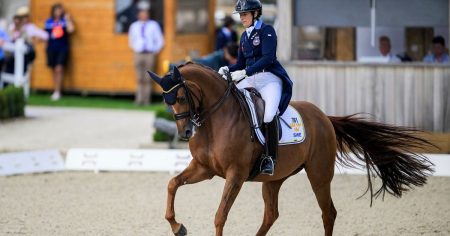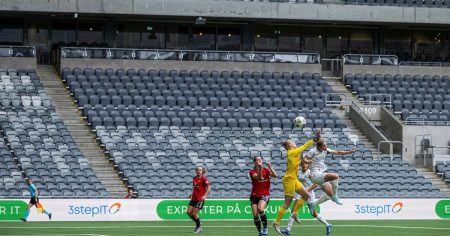The world of athletics is poised for a significant shift in its competition format for field events, beginning with the 2025 World Athletics Championships. For decades, the standard procedure in the finals of long jump, triple jump, shot put, discus, javelin, and hammer throw has been for the top eight athletes, after three initial rounds, to receive three additional attempts. This established format is being replaced by a new, progressively eliminative system designed to heighten the drama and spectator engagement. This change signifies a move towards a more television-friendly and suspenseful format, potentially attracting a wider audience to these technical disciplines.
The new format unfolds in a series of eliminations, steadily narrowing the field of competitors. Initially, all twelve finalists will perform three attempts. Following this first stage, the two athletes with the lowest scores are eliminated from the competition. The remaining ten athletes then proceed to a fourth round. Again, the two lowest-performing athletes are eliminated, leaving eight competitors. These eight athletes take a fifth attempt, after which two more are eliminated, reducing the field to six. Finally, the remaining six athletes compete in the sixth and final round, vying for the medal positions.
This new format, while aiming to enhance the viewing experience, also maintains the total number of attempts at 60 across the entire competition. This ensures that athletes still have ample opportunity to showcase their skills and achieve their best performances, while the gradual elimination process injects a heightened sense of pressure and excitement into each round. The new format aims to create a more compelling narrative, building towards a dramatic climax in the final round.
The rationale behind this change, as stated by World Athletics, is twofold: to improve the spectator experience and to boost the appeal of technical field events. By gradually reducing the number of competitors, the focus sharpens on the leading contenders as the competition progresses. This creates a more intense and engaging atmosphere, highlighting the athletes’ skills and strategic decision-making under pressure. It is also anticipated that this format will generate more exciting moments for television viewers, potentially leading to increased broadcast interest and wider public engagement with these events.
Reactions from athletes regarding this new format have been mixed. Some athletes, like Swedish long jumper and triple jumper Maja Åskag, see the potential benefits, particularly for those who might not typically be considered top contenders. She views the new format as an opportunity for athletes like herself to progress further in the competition, potentially achieving higher placements than under the previous system. This change introduces an element of unpredictability, where a strong performance in the later rounds could propel an athlete up the rankings.
Conversely, other athletes have expressed concerns about the practical implications of the new format. Vanessa Kamga, an Olympic finalist in discus throw, worries about the potential for disruption and confusion, both for the athletes and the organizers. She anticipates that the frequent interruptions and eliminations could disrupt an athlete’s rhythm and make it challenging to maintain their pre-throw routines. The constant adjustments and recalibrations necessitated by the eliminations could add an additional layer of complexity to an already demanding competition environment. The success of this new format will likely depend on how effectively these logistical and practical challenges are addressed by the organizers and adapted to by the athletes.














